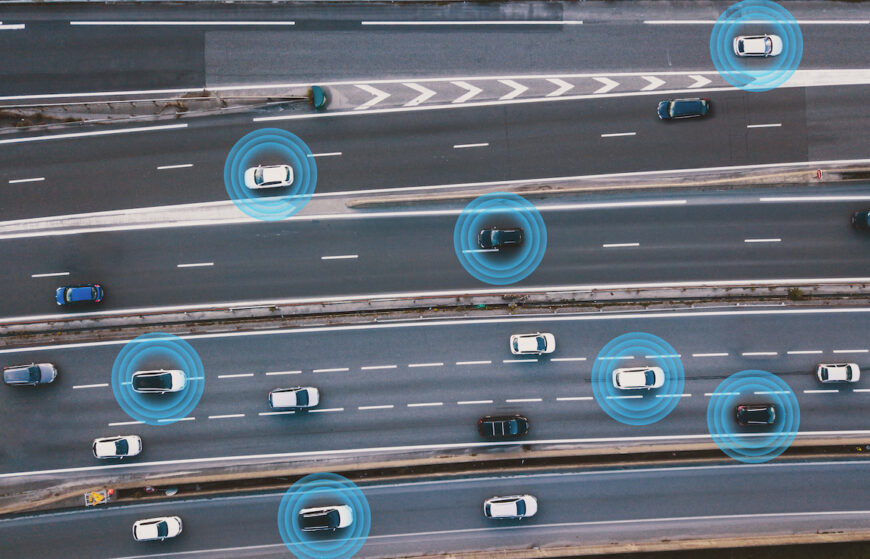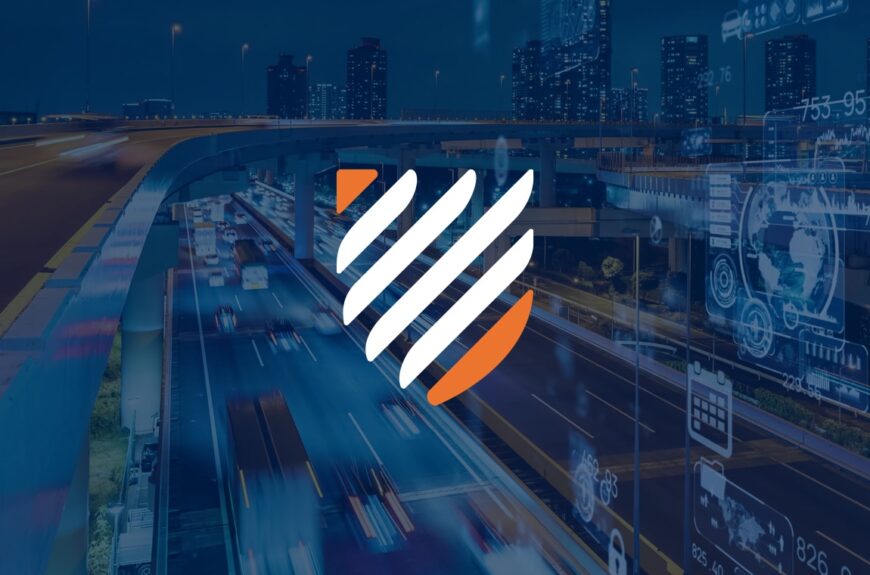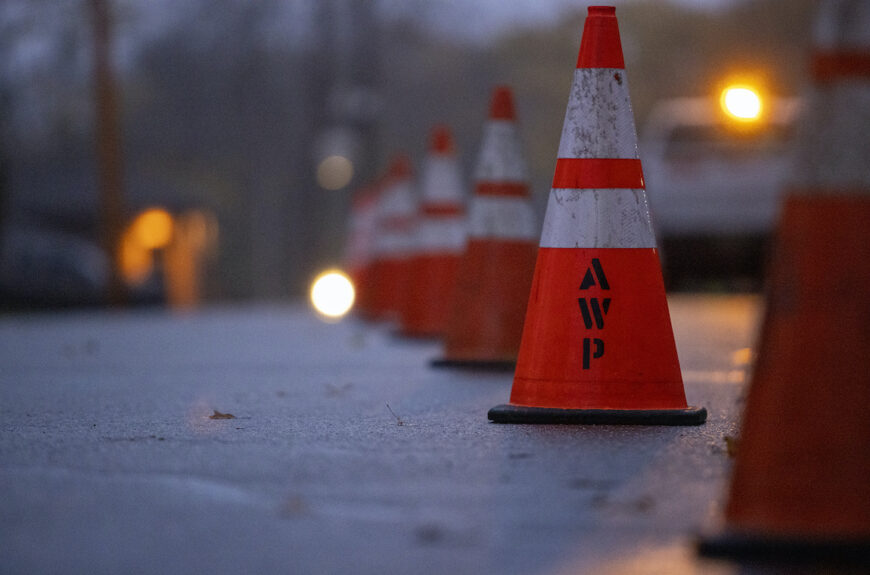
Digitizing Traffic Control for Safer Work Sites
Access to efficient, sustainable traffic control and safety services is critical to protect people and crucial investments in utility, broadband and roadway infrastructure. AWP Safety supports infrastructure, utility and broadband clients with projects across the nation.

Q: Josh, how is the current boom in infrastructure investment changing the way the industry thinks about worksite protection?
Everyone is working at a rapid pace and scrambling for resources. We’re seeing more utility, broadband and road construction companies planning proactively for traffic control farther in advance. Doing so gives them greater access to the full capabilities of their traffic control partners, and makes projects go more smoothly. When traffic control services are requested last minute, it can delay projects due to the lead times needed for pulling permits, scheduling workers and planning for complex work zone setups. No one has time for that anymore.
Q: How can technology make the traffic control process go more smoothly?
There are endless opportunities and AWP Safety is exploring them all. Our customers already benefit from safer work zones due to Smart Work Zone technologies like Intelligent Transportation Systems for major Interstate projects and Automated Flagger Assistance Devices (AFADs) for standard worksites. We also use technology in our operations to enhance things
like safe driving behaviors, and to track what happens in worksites so we can optimize future setups based on what we see.
With technologies in place for greater safety, now we’re focused on elevating our customers’ experience from order to invoice. Digitizing the process creates a data trail that makes it more efficient for customers to schedule or change work, track work status and get accurately billed for work. Our goal is to transform how infrastructure companies order traffic control services
the way companies like Uber and Lyft changed how people call for a ride.
Q: What tangible safety results do customers get by embracing traffic control technology?
The great thing about technology is it provides data that tells a story. We’ve found that smart work zone technologies succeed in diverting about 25% of traffic around active worksites entirely by communicating alternate routes to drivers through GPS systems. It helps prevent accidents. Likewise, AFADs improve worksite safety 70% compared to sites using an all-human Protector crew.
Q: Other industries point to efficiency as the driver of technology and automation adoption. How does that work in traffic control?
Technology automates many tasks that help customers plan their work faster. I’ll give you an example. Soon, customers will have quicker access to standard and semi-customized traffic control plans because we are automating that process. It will help customers secure permits sooner so they can start and finish work ahead of schedule. It also means customers will have shorter lead times for extremely complex traffic control plans, because our traffic control engineers will be free to focus on those exclusively.
Q: There’s a lot of talk about sustainability to reduce the impact infrastructure improvements have on the environment. How does AWP Safety technology improve the sustainability of customer worksites?
Socially responsible companies want to work with others who share their environmental commitment. We’ve found that technology gives us insights to operate more efficiently and use fewer natural resources and materials. We reduce fuel consumption and carbon footprint through responsible fleet management, saving 133,466 gallons of fuel in 2023, with a total carbon footprint reduction of 1,186 metric tons. By leveraging vehicle telematics, we track how we schedule, use, and maintain our equipment; allowing us to deploy more efficiently and reduce the amount of equipment and materials we need to keep on hand. It all creates a leaner, cleaner value chain for customers.
Q: Is safety technology going to entirely replace people in worksites?
It’s actually going to make work easier and safer for everyone, from workers to communities. It takes a combination of technology, and talented people using it, to cover a million worksites annually. When you think about it, safety technology impacts everyone: the line worker fixing a transformer, the family on their way to a concert, and the city bus carrying
50 people. We’re all safer when we use technology and data to get people home safely.
Learn more about how AWP Safety protects crews by utilizing the latest technology and training techniques.



